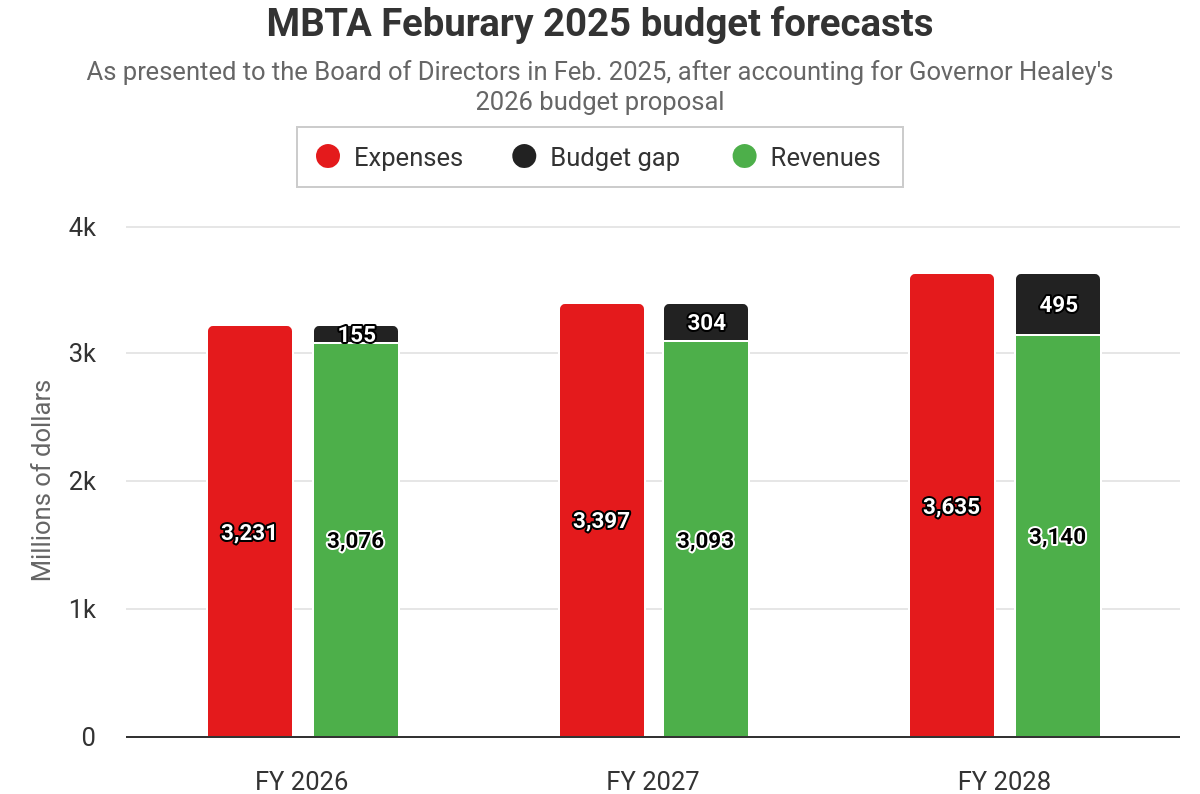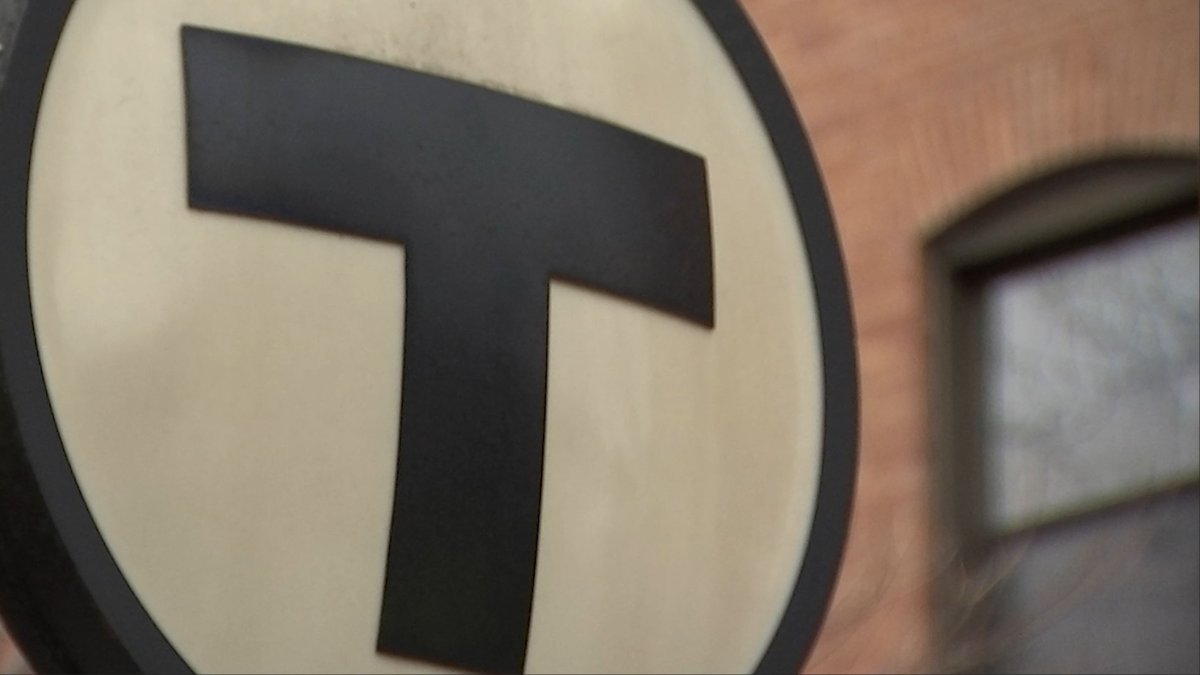F-Line to Dudley
Senior Member
- Joined
- Nov 2, 2010
- Messages
- 9,551
- Reaction score
- 10,418
It's the operators, not the bus supply. The T has bought so many new buses that they had a legit glut going into the last batch of retirements. To the point where they now maintain a 28-bus "winter contingency" fleet of surplus straight-diesels on-standby at Southampton at all times, but rarely used in actual service. Their current roster is not utilized to full capability because of the operator shortage and the slow climb out of the COVID service cuts.If I understand correctly, the reduced bus service is due to a group of factors:
#3 is a very long-term project IIUC. Arborway is only at 15% design, and there are 9 total existing facilities. Does this mean they cannot increase capacity until all maintenance yards are complete ~2040?
- fewer operators (getting close to being resolved)
- fewer busses
- bus maintenance facilities under construction, which maybe is causing #2?
A lack of busses feeding stations such as Alewife, Harvard, and elsewhere might contribute to lower subway ridership as well.
The bus facilities capacity has been static for almost 2 decades. If anything, it's more elastic than it's ever been because they've scrapped virtually all of their retired buses instead of long-term mothballing them in various yards for years on end. Full BNRD implementation is contingent on the new/expanded facilities being able to redistribute bodies more strategically around the system, but a climb-back to pre-COVID service levels is well within the capacity of the existing facilities because...well...these are the same exact facilities that ran the pre-COVID service levels (only with fewer dead/retired buses being squirreled away like acorns and taking up space).






